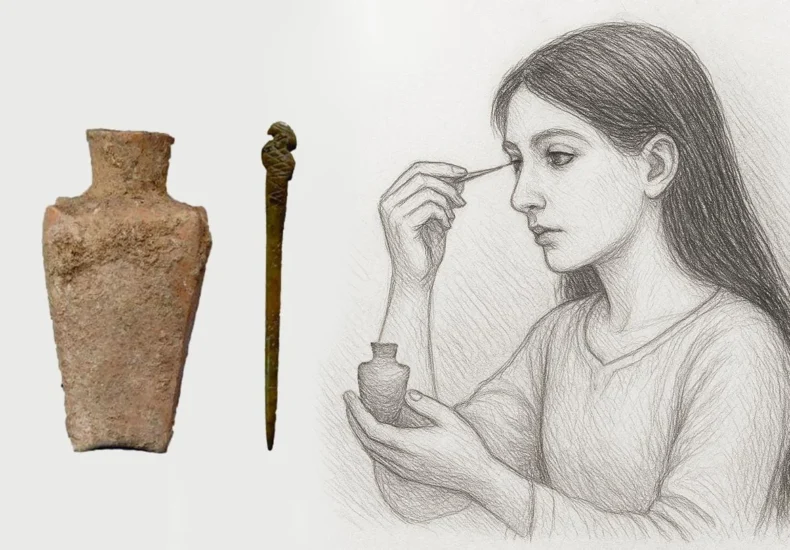
3,000-Year-Old Lead-Free Eyeliner Discovered in Iran Reveals Ancient Cosmetic Innovation
Archaeologists in northwestern Iran have uncovered a groundbreaking 3,000-year-old eyeliner made from natural minerals—without any lead—offering rare insight into the beauty rituals and technological sophistication of Iron Age societies.
In a remarkable discovery from the Iron Age III period (7th–9th centuries BCE), researchers have identified an entirely lead-free eyeliner formula in the Kani Koter cemetery, located near the former eastern frontier of the Assyrian Empire. This cosmetic, unlike other ancient Near Eastern eye make-ups, was composed of graphite and manganese oxide—a unique combination that points to a high level of innovation and local craftsmanship.
A Formula Ahead of Its Time
The study, led by Dr. Silvia Amicone of the University of Tübingen and recently published in Archaeometry, reveals that this black powder lacked both lead compounds and organic materials, diverging sharply from traditional formulations found in Mesopotamia and Egypt.
“This community chose to use naturally sourced minerals to create a shimmering black eyeliner, possibly preferred by elite individuals,” explained Dr. Amicone. “It’s the first time we’ve seen kohl made solely from graphite and manganese oxide.”
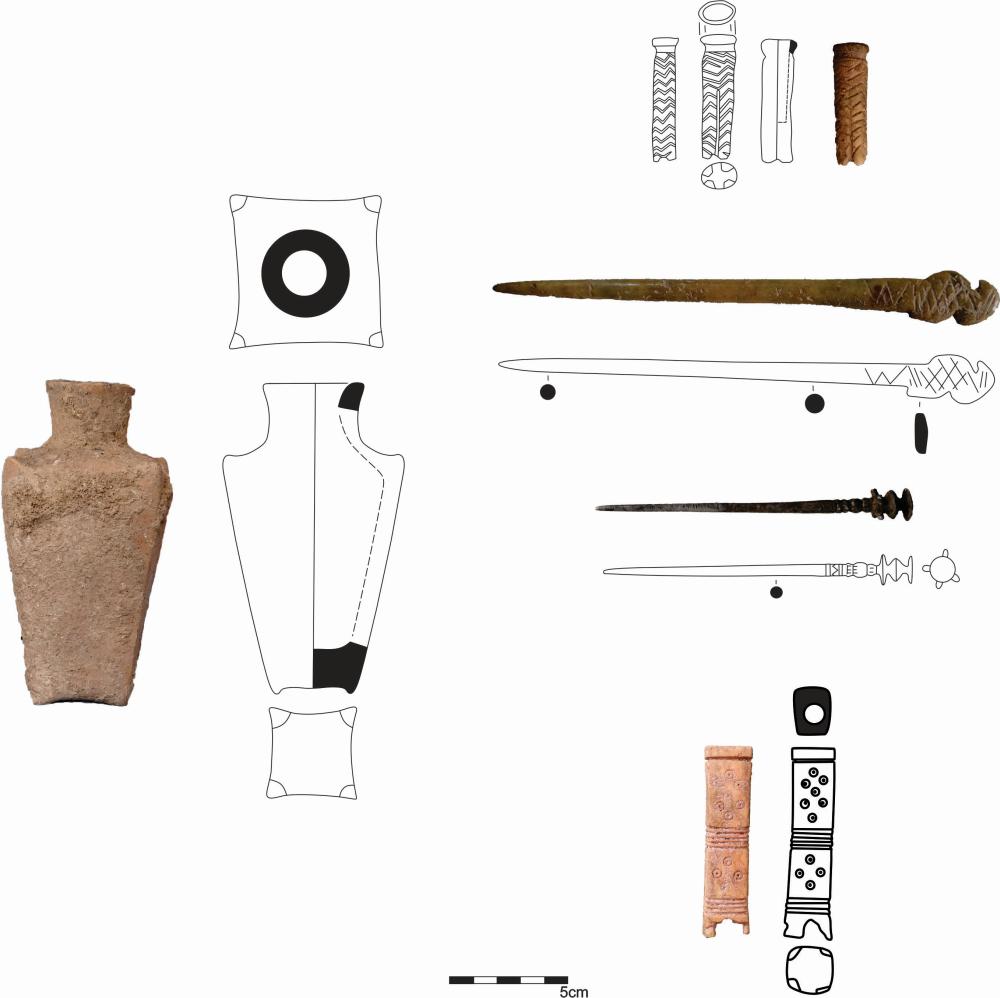
Co-researcher Dr. Shelir Amelirad of Heidelberg University added, “This represents a major departure from the standard cosmetic practices of the region. It’s an example of regional creativity and technological experimentation.”
More Than Makeup: A Marker of Identity and Status
The black cosmetic was found inside a ceramic container buried alongside mirrors and grooming tools—clear evidence that personal appearance held cultural significance. The high-quality formulation also implies that such make-up was likely worn by members of the upper class.
The use of graphite for smooth texture and shine, combined with manganese oxide for bold pigmentation, suggests both aesthetic intent and deep material knowledge.
“This wasn’t just about beauty,” said Dr. Amicone. “It was a way to communicate identity, social status, and perhaps even beliefs.”

Innovation on the Edge of Empire
Located in the Zagros Mountains, the Kani Koter site reveals how Iron Age Iranian communities were not passive cultural recipients but active innovators. The absence of lead—despite its popularity across ancient civilizations—shows a deliberate and informed choice.
“This discovery changes how we understand cultural exchange between Assyria and the eastern regions of the empire,” Amicone said. “It shows how border communities developed their own distinct technologies and practices.”
A New Chapter in Ancient Cosmetic History
Professor Dr. Karla Pollmann, President of the University of Tübingen, emphasized the broader importance of such finds:
“Modern science allows us to access lost worlds—learning how ancient people lived, expressed themselves, and shaped their identities.”
This 3,000-year-old eyeliner offers more than just a glimpse into ancient beauty rituals—it highlights a remarkable moment of innovation that predates modern cosmetic chemistry by millennia.
Silvia Amicone, Baptiste Solard, Shelir Amelirad, Eghbal Azizi, Lara Maritan, Maxime Rageot, Christoph Berthold, Karen Radner: Eye makeup in Northwestern Iran at the time of the Assyrian Empire: a new kohl recipe based on manganese and graphite from Kani Koter (Iron Age III). Archaeometry.
DOI: https://doi.org/10.1111/arcm.13097
You may also like
- A 1700-year-old statue of Pan unearthed during the excavations at Polyeuktos in İstanbul
- The granary was found in the ancient city of Sebaste, founded by the first Roman emperor Augustus
- Donalar Kale Kapı Rock Tomb or Donalar Rock Tomb
- Theater emerges as works continue in ancient city of Perinthos
- Urartian King Argishti’s bronze shield revealed the name of an unknown country
- The religious center of Lycia, the ancient city of Letoon
- Who were the Luwians?
- A new study brings a fresh perspective on the Anatolian origin of the Indo-European languages
- Perhaps the oldest thermal treatment center in the world, which has been in continuous use for 2000 years -Basilica Therma Roman Bath or King’s Daughter-
- The largest synagogue of the ancient world, located in the ancient city of Sardis, is being restored

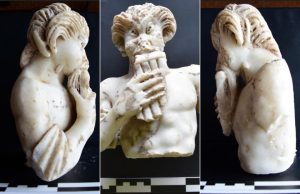
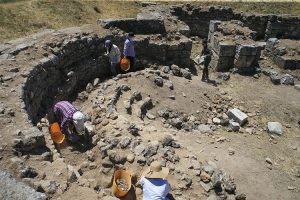
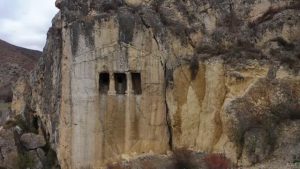
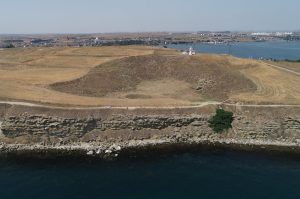

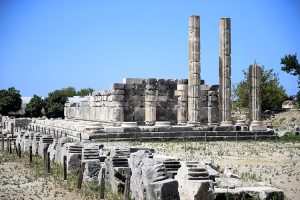


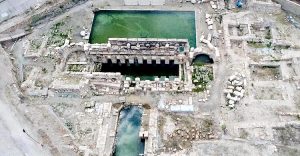
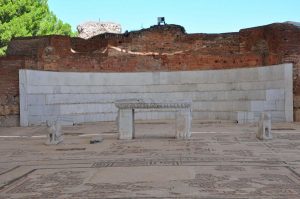
Leave a Reply